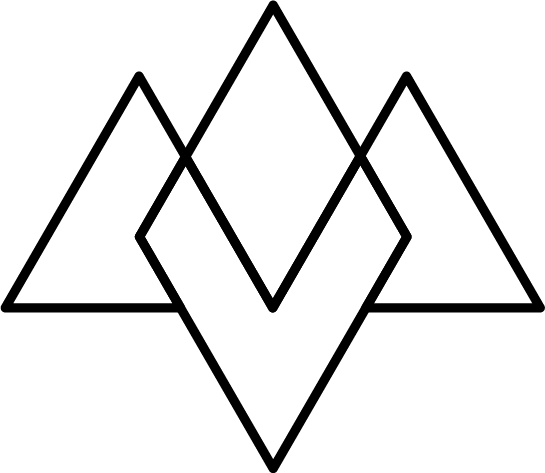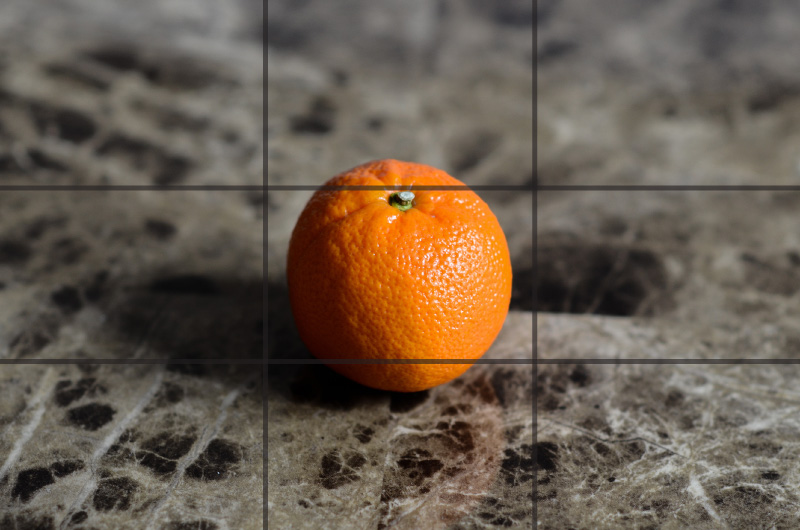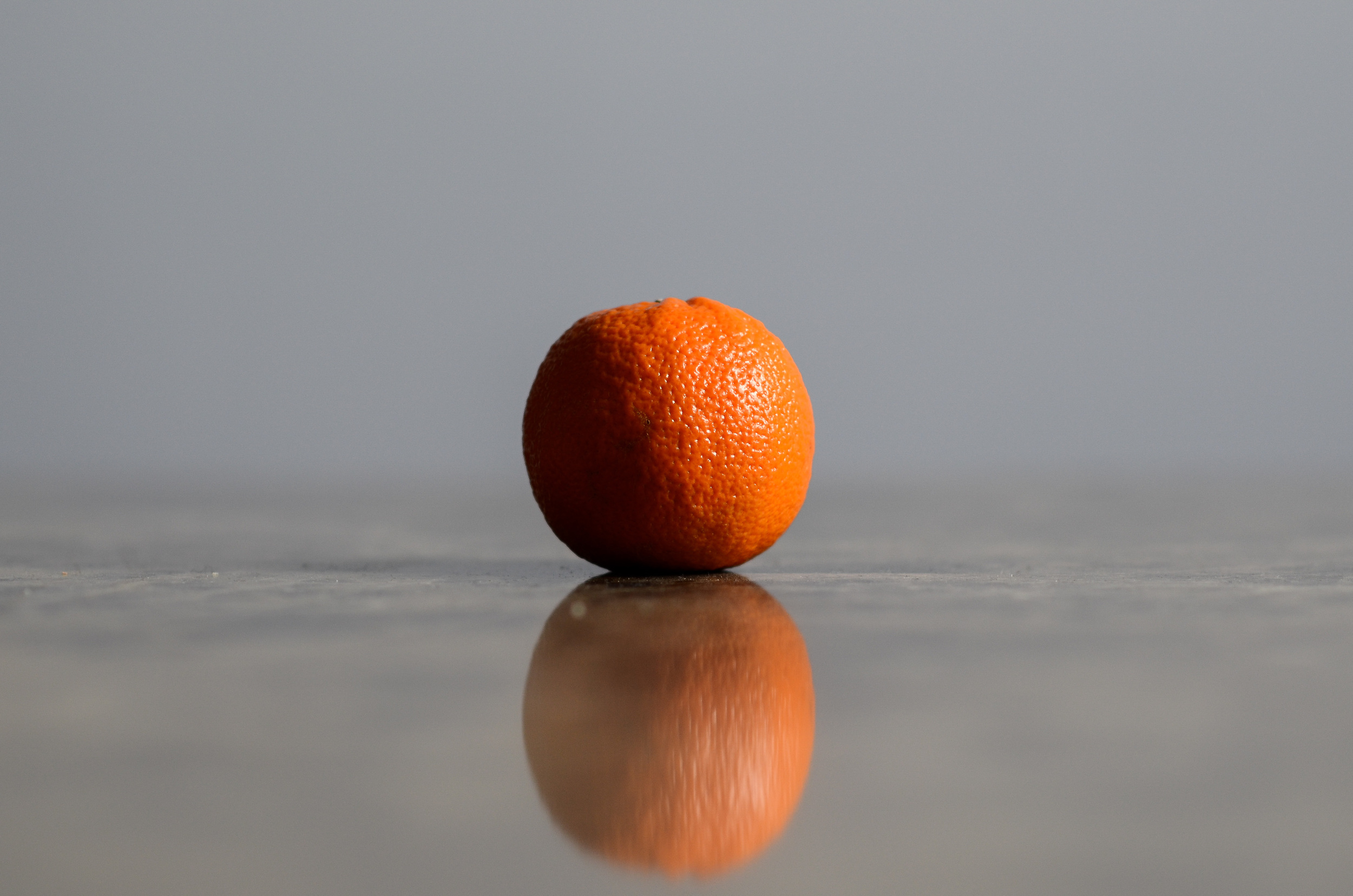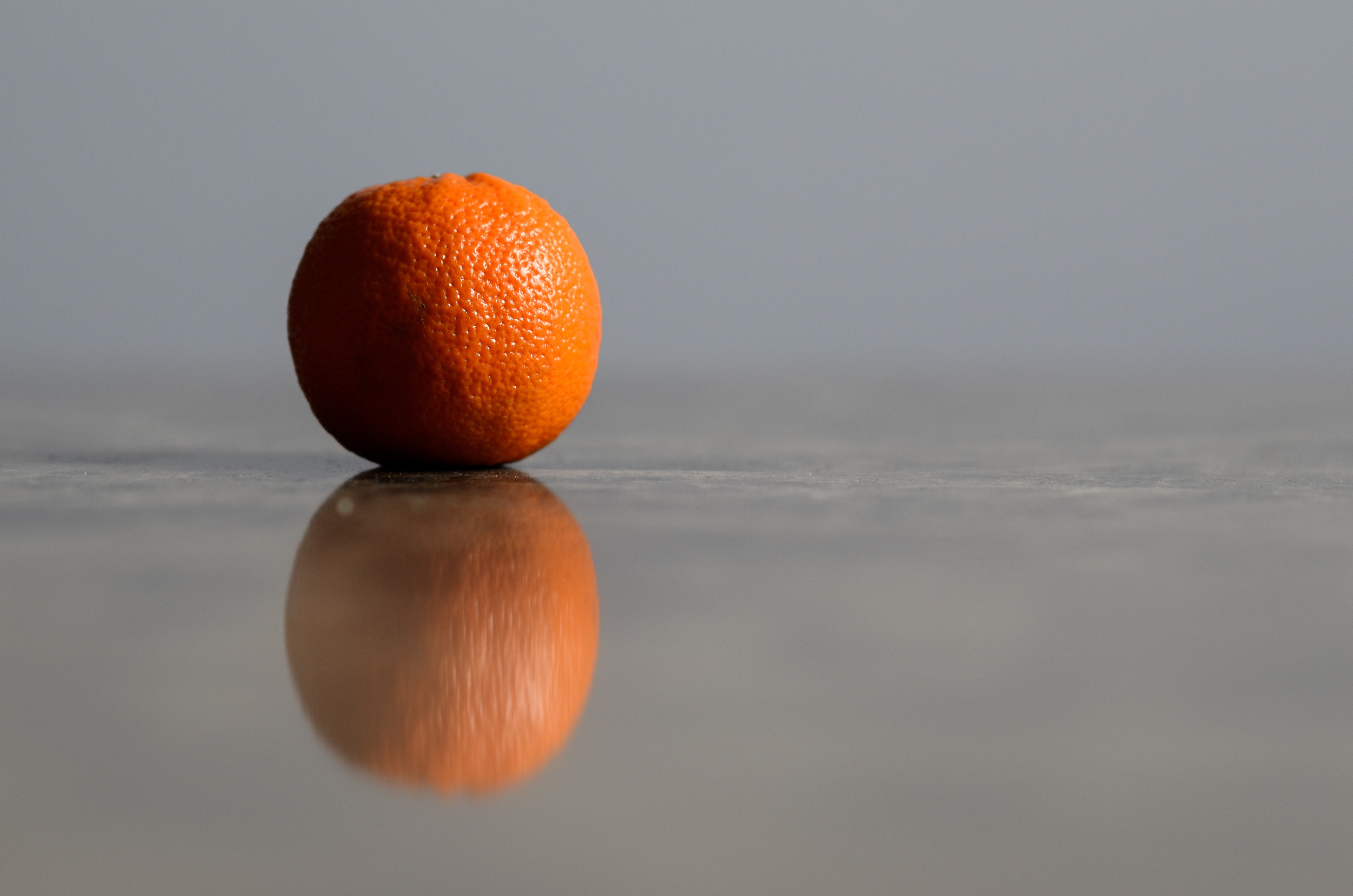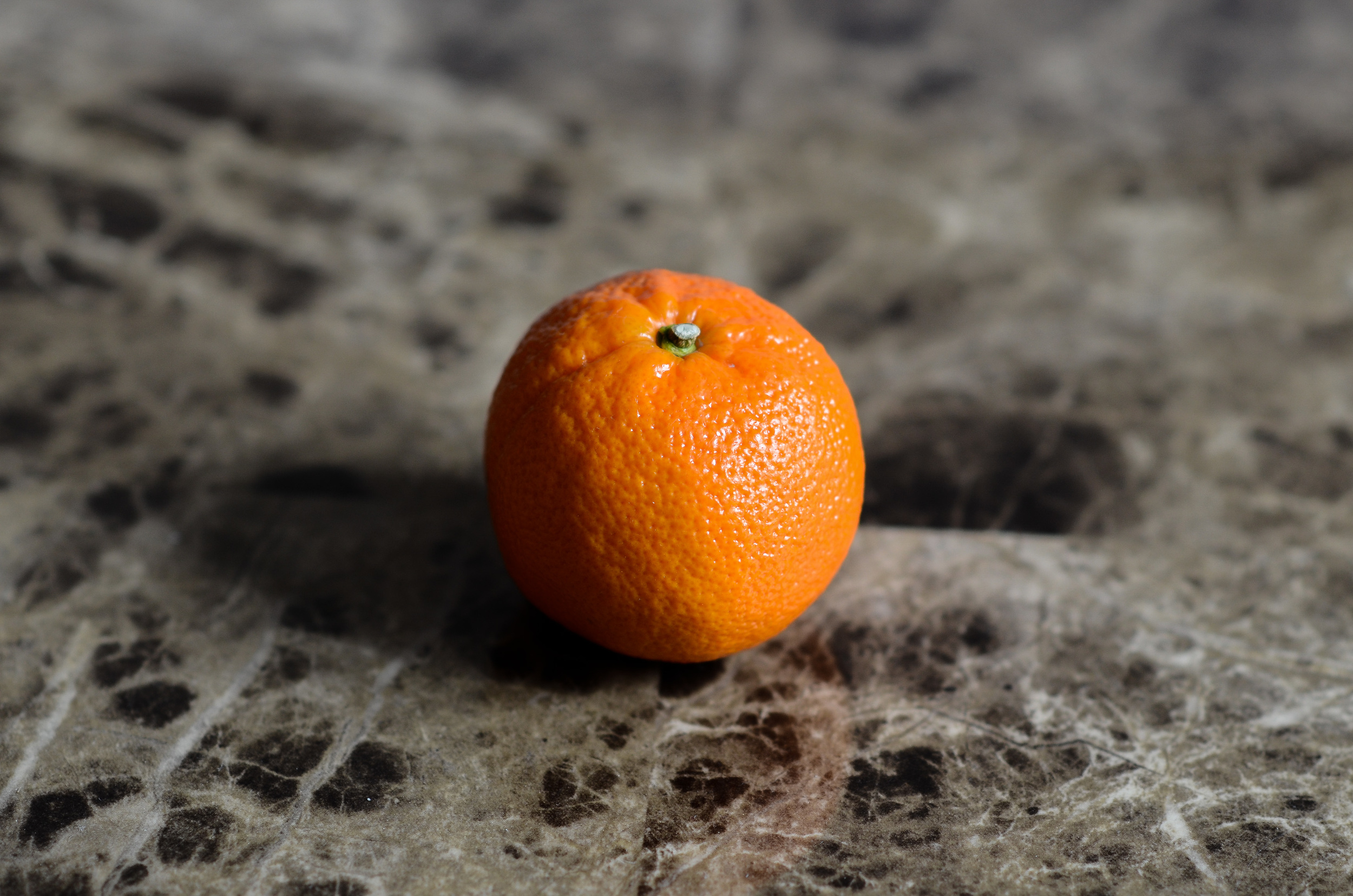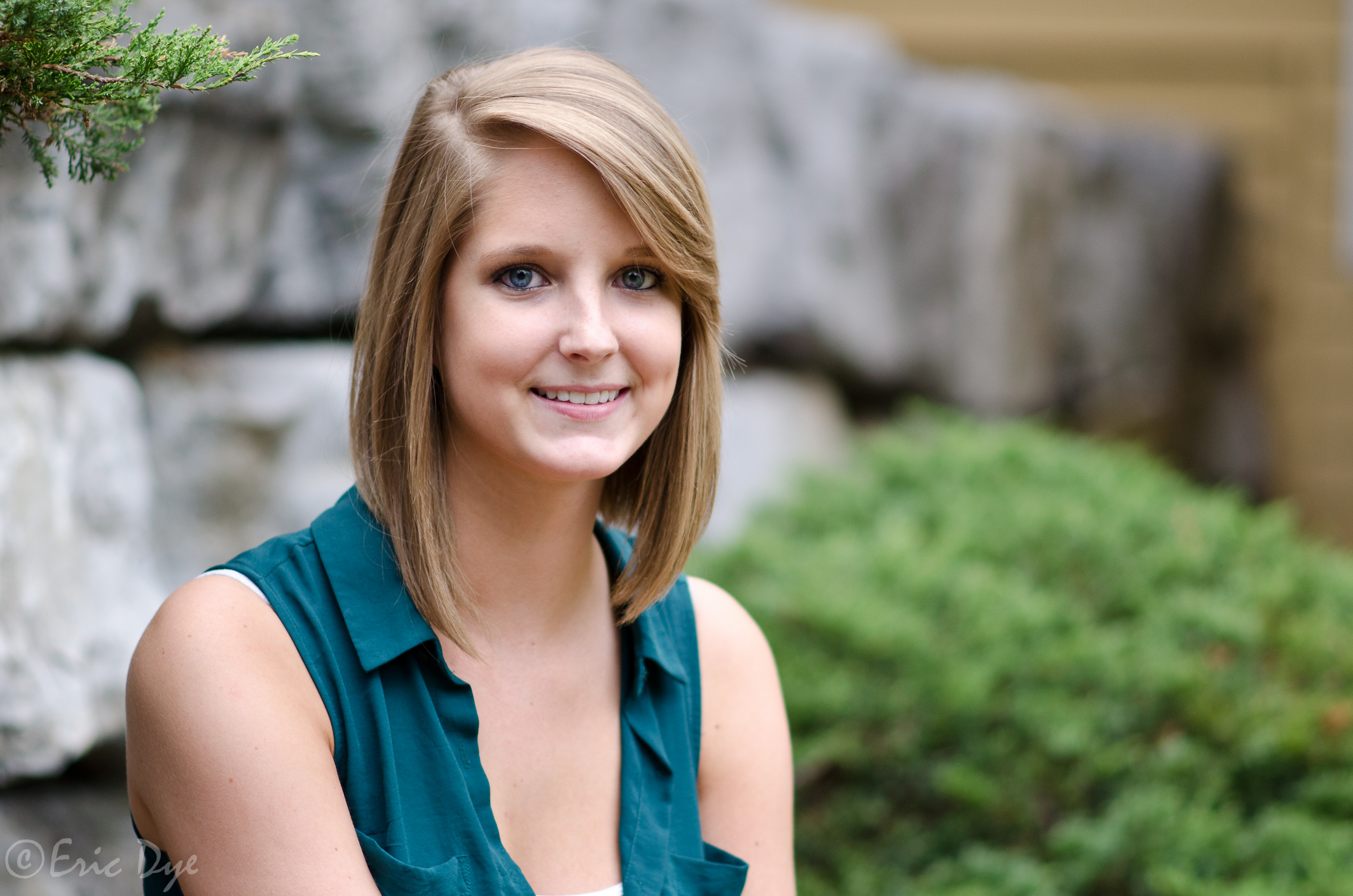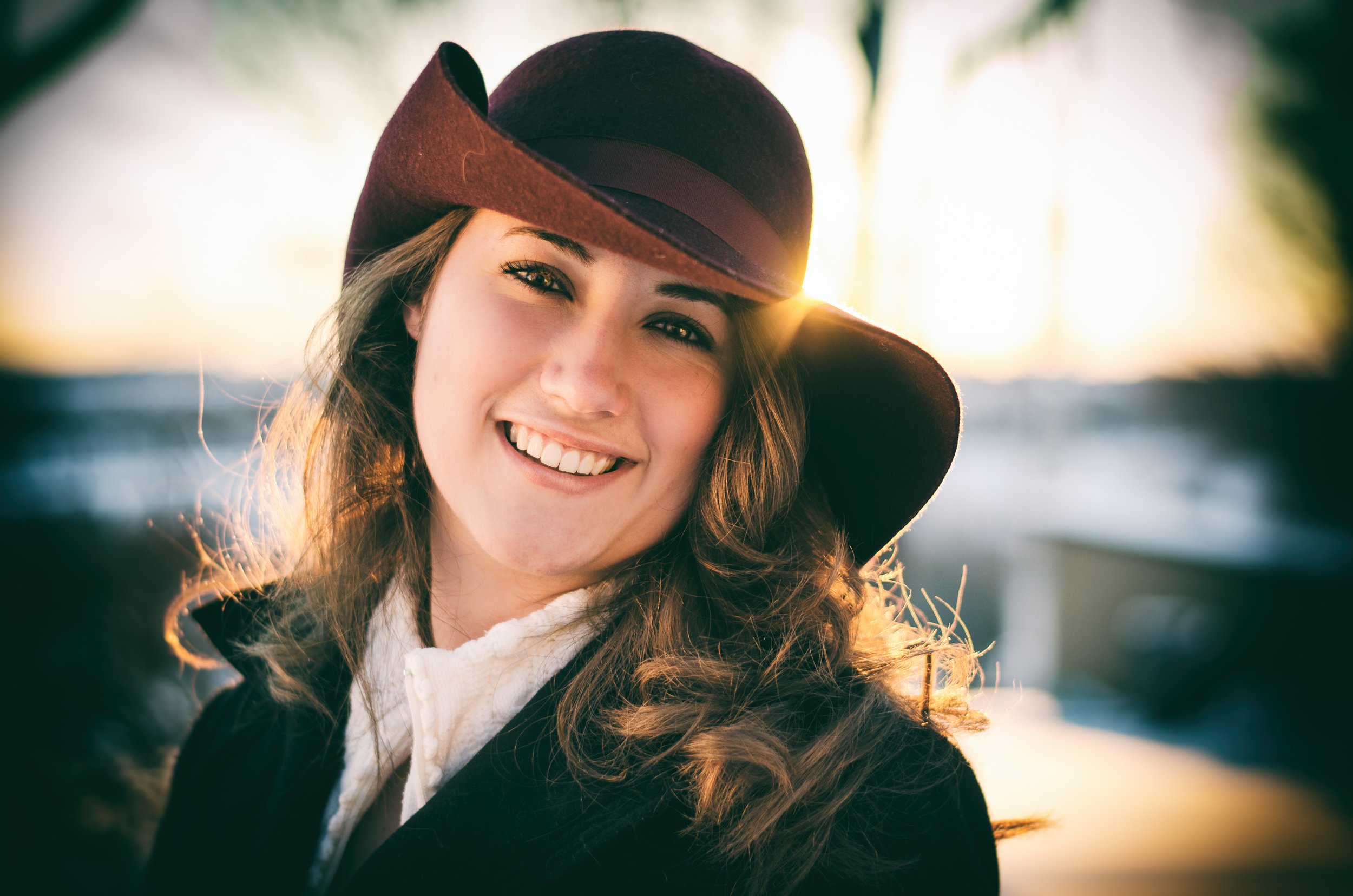Composition 101: Rule of Thirds
There is no formula for the perfect photo.
There are, however, guidelines to help you train your eye and improve your photos.
The idea of the rule of thirds has been around since the late 18th century, it started in painting with artists describing effective use of light and dark paints.
Extending from this, the rule of thirds is about balance in a photo. To explain this in more detail, first we need to talk about negative space and how it affects your photos.
Negative Space
Avoiding complications, negative space is the area that IS NOT your subject, including the area between and around subjects. Take a look at Example A.
Example A: A Mandarin
You can clearly distinguish the subject(the mandarin, just in case) from the background(The tabletop) in this photo. The orange area that the mandarin takes up is the subject space, and the marble makes up the negative space. A good balance between subject space and negative space makes for more interesting images, and we can accomplish this balance with the help of the rule of thirds.
Rule of Thirds
Example B: The same Mandarin, with more lines
The rule of thirds works by dividing the photo into sections with two lines vertically and two lines horizontally about a third of the images width or length(respectively) apart. Example B demonstrates what this grid looks like with our mandarin.
Now our mandarin is right in the middle of this photo, a rather boring place by rule of third standards.
You want your subject to be either on one of the line intersections, or within one of the "thirds" of the photograph. This usually means moving your subject to the left or right of the frame. This will create more negative space on the opposite side of the photo, balancing it with the subject.
Let's put this into practice with our mandarin then, and move it to the lower right intersection in Example C.
Example C: A Mandarin to the Right
As you can see, recomposing the subject using the rule of thirds has helped balance the amount of negative space and improved image.
Tips
Most DSLRs have auto focus points along the third lines specifically because of this rule, use them to help compose while looking through your viewfinder.
I use this rule especially when shooting portraits. I tend to always put the dominant eye right on two intersecting lines.
Even though its called the "rule of thirds", its a guideline, not an absolute.
The rule of thirds works especially well when you are wondering where to put your horizon line.
Gallery
Below are some more shots of the mandarin ignoring and using the rule of thirds, along with some portraits which use the rule of thirds.
Share any tips you have about using the rule of thirds or what you would like to see next in the comments below.
